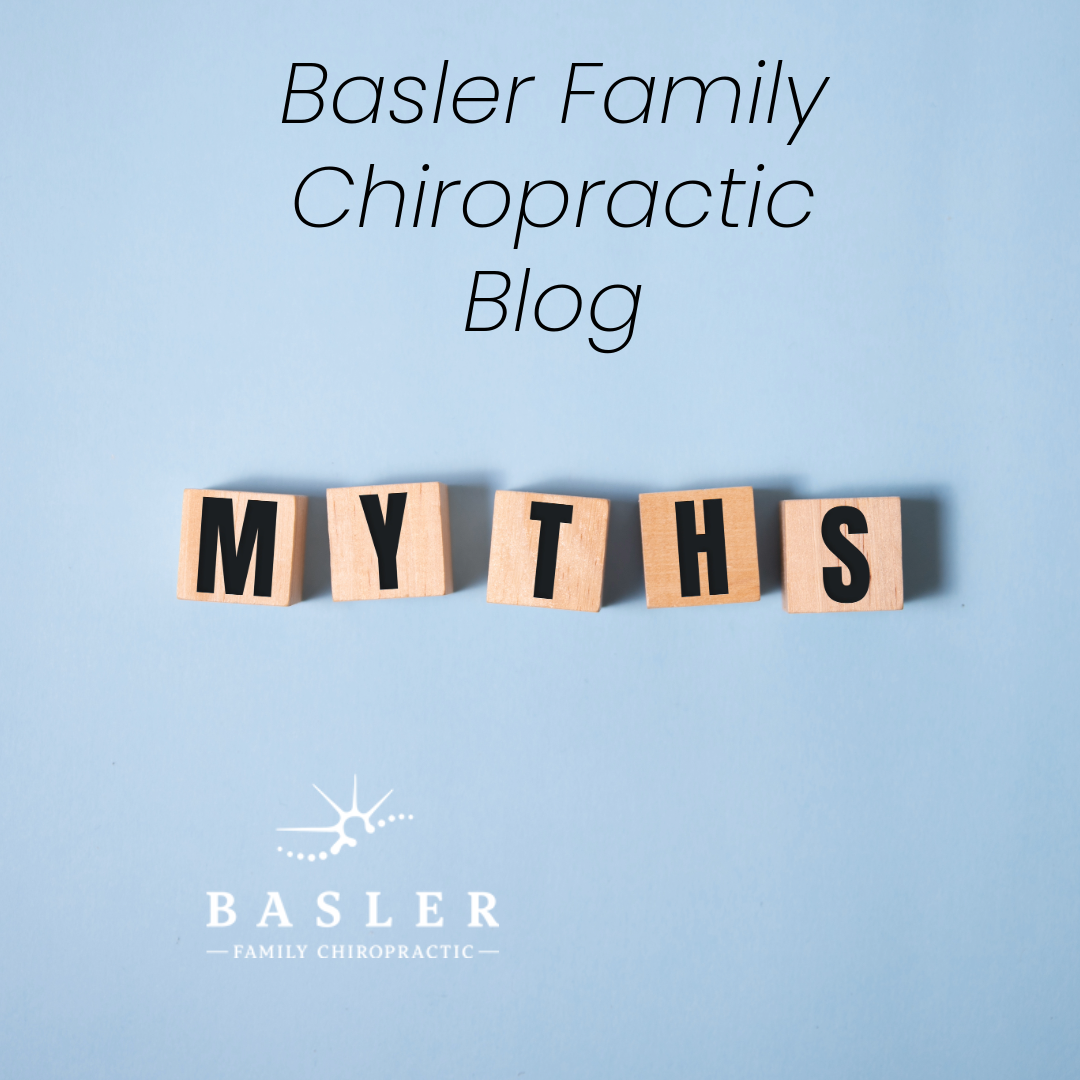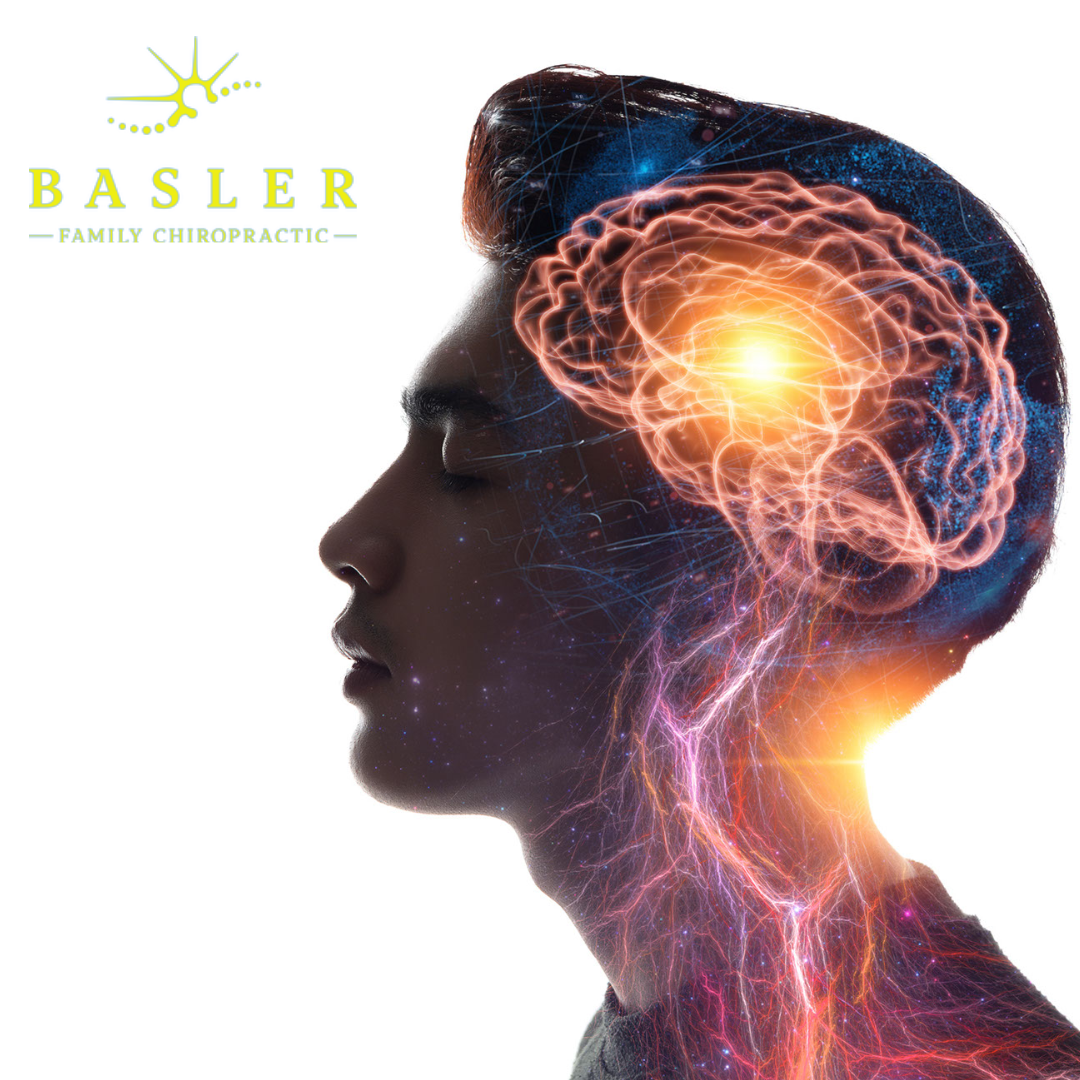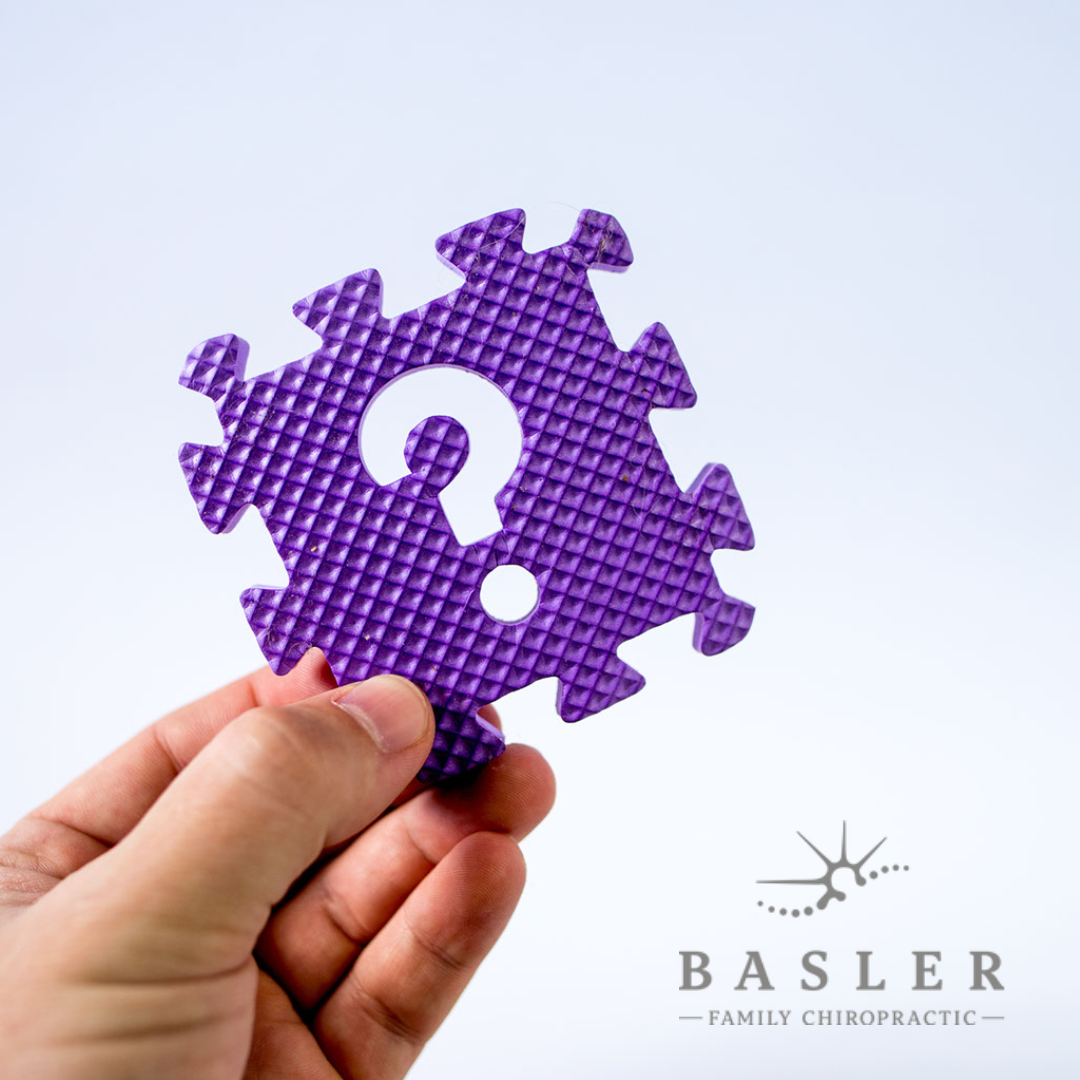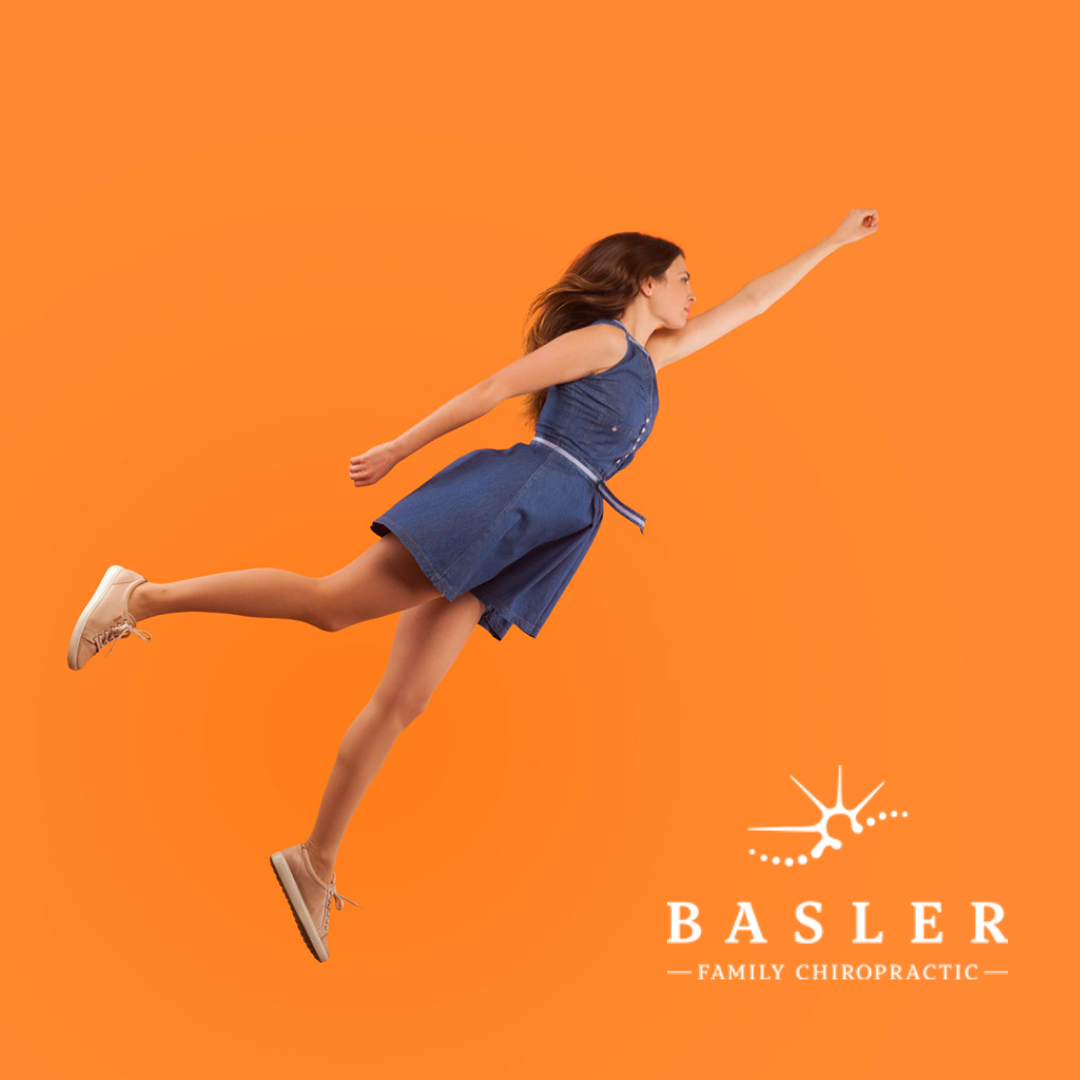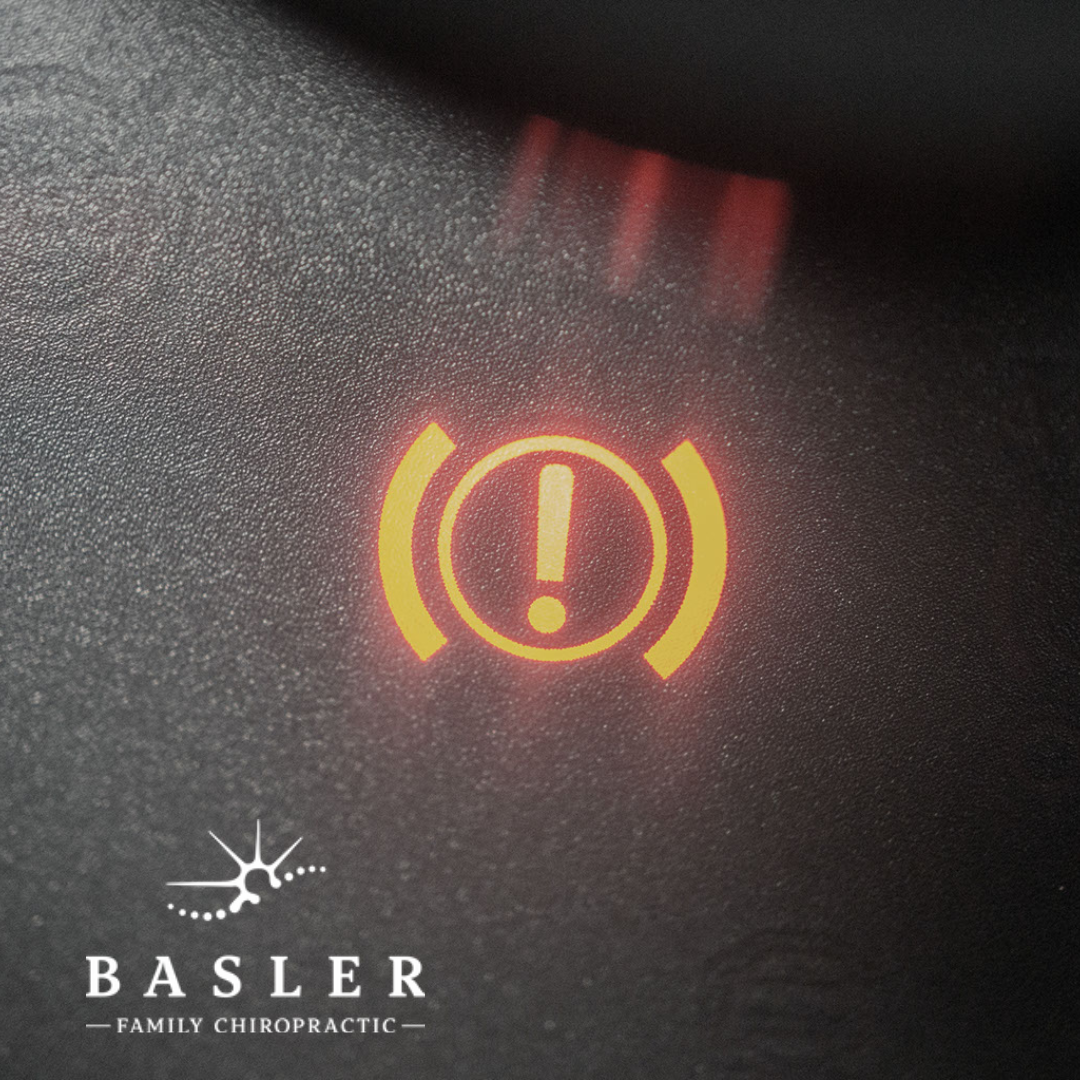For many mothers and babies, breastfeeding can be a real challenge! We know that about 80-90% of mothers try to breastfeed at birth, but by 1 week of age as few as half of the mothers are still exclusively breastfeeding. What does the research say about the potential for chiropractic care to help with breastfeeding problems?
It is recommended that babies should be exclusively breastfed until they are about six months of age, but only about 1% of mothers continue to exclusively breastfeed until this age.
There are of course lots of reasons that mothers give up on breastfeeding… from sore nipples to inadequate milk supply, or baby having issues with latching or sucking. All too often these problems lead to too much pain, or even a breast infection and ultimately, and understandably, the mother gives up on breastfeeding because it just gets too hard. This is a real shame because we know that breastfeeding is important for baby’s health.
We know that babies who are breastfed are less likely to suffer from ear infections and tummy bugs, they’re even less likely to develop asthma or other conditions that can be life-threatening. It just goes without saying that nature knows best, and that breastfeeding is the optimal form of nutrition for infants. So, if someone is having issues with breastfeeding what can they do about it? Luckily help is available! One healthcare professional that many new mothers turn to for help is their family chiropractor. But why might a chiropractor help with breastfeeding? Well, the answer is simple. Chiropractors see babies to help improve the way their body and nervous system functions, so they get the best possible start in life.
But why might a baby have problems with the way they move and function? That’s another simple question to answer. Spending nine months growing in mom’s tummy can get really cramped. Before a baby is even born, the pressure they’re under in mom’s uterus can cause changes to the way their bones move and fuse together or the shape of their skull. And then the strains that the baby faces during delivery, either as they pass through the birth canal, or from forceps or other forms of assisted delivery, can cause injuries to the baby’s spine or nervous system or other joints that doctors and parents may not even be aware of.
We know that successful breastfeeding relies on lots of complex movements that involve the spine and jaw. And we know that babies with breastfeeding problems often have imbalances in the way their spine and jaw work. We also know that chiropractic care has a positive impact on the way our spine and jaw work. So, it makes sense that chiropractic care might be able to help with breastfeeding problems.
So, what does the research tell us about whether chiropractic care may help mothers and babies who are struggling with breastfeeding? At this stage, large, costly clinical trials haven’t been done to really study how much chiropractic care can help, so we can’t say for sure how effective it is. But what the research that has been done tells us is that many mothers who take their babies to chiropractors because they’re struggling with breastfeeding, report really good changes after their baby is adjusted.
In one study that was conducted in the UK, the researchers followed 114 mothers and babies who were presented to a chiropractic teaching clinic for care. All the babies were under the age of 12 weeks, and they were all unable to breastfeed exclusively.
The babies were seen by the chiropractic students up to 9 times, and the students used low force chiropractic techniques to release tension and improve muscular imbalances. The researchers were most interested in whether a baby would be able to breastfeed exclusively after they received chiropractic care, but they also looked at the mother’s rating of overall improvement and baby’s weight gain.
What they found was that all the children showed some improvement, with over three-quarters of them being able to exclusively breastfeed after just 2 to 5 chiropractic visits over a 2-week period.
From a study like this, we don’t know how much the placebo effect was involved, and with care provided by chiropractic students, we don’t know if the results would have been even better if an experienced chiropractor provided the chiropractic care. But what we do know, is this study suggests that for some babies with breastfeeding problems, chiropractic care may help mother and baby to breastfeed exclusively, which is a great thing for mother and baby alike.
We also know from other research, that when appropriately applied, chiropractic is known to be safe for kids and babies. So, if you’re having trouble with breastfeeding, it’s a good idea to have your baby checked by a chiropractor to make sure they get the best possible start in life.
References
- Miller et al. JEBIM 2016;21(2):85-91.
- Fry. J Clin Chiropr Pediatr 2014;14(2).
- Alcantara et al. Explore (NY) 2015;11(6):468-74.
- Miller et al. J
- Manipulative Physiol Ther 2009;32(8):670-4.
- Patel & Patel. Journal of human lactation 2016;32(3):530-41.
- Vallone. J Clin Chiropr Pediatr 2004;6(1) 7. Waddington et al. J Am Osteopath Assoc 2015;115(11):654-65.
- Morrison & Chariker. The Journal of the Kentucky Medical Association 2006;104(4):136-40.
- Kirschner et al. Plastic and reconstructive surgery 2002;109(7):2338-46;
- Chaturvedi et al. Spine 2018;9(1):103-18.
- Haavik et al. Brain sciences 2018;8(5)
- Henderson. J Electromyogr Kinesiol 2012;22(5):632-42
- Todd et al. J Manipulative Physiol Ther 2015. 38(9):699-712
- Doyle. Clinical Chiropractic 2011;14(3):97-105.
Acknowledgments
- Dr. Heidi Haavik – BSc(Physiol) BSc(Chiro) PhD
- Dr. Kelly Holt – BSc, BSc(Chiro), PGDipHSc, PhD
- Dr. Jenna Duehr – BChiro, BHSC (Nursing), MHSc
